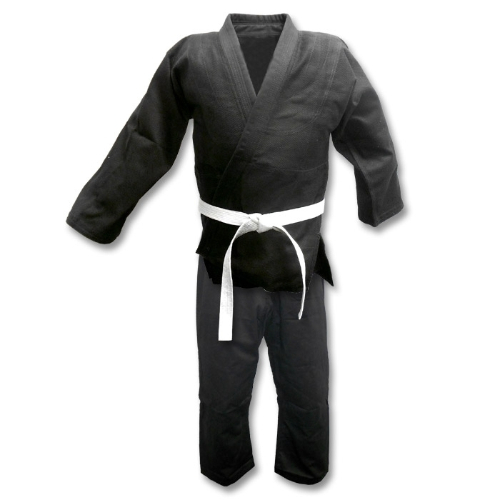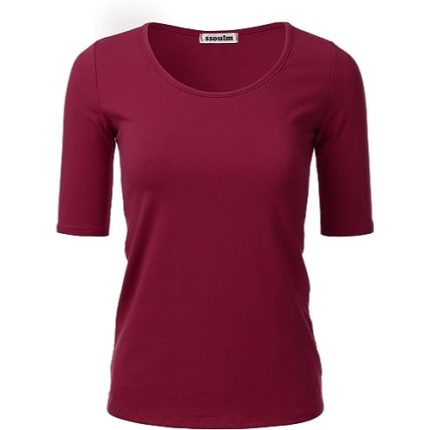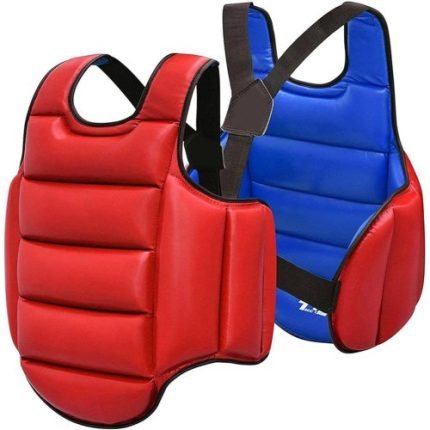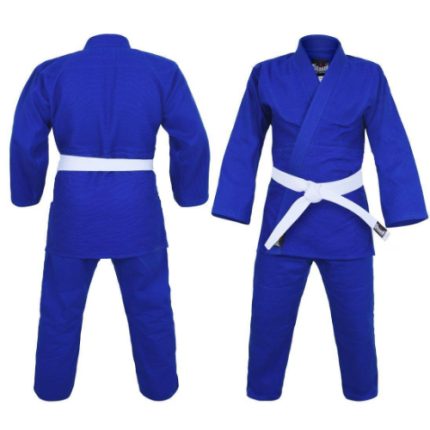The Judo uniform, known as a “judogi” or “gi,” is a specialized outfit worn by practitioners of Judo, a Japanese martial art and sport. The judogi is designed to withstand the physical demands of Judo training and competition. Here are the key components of a Judo uniform:
Jacket (Top):
The jacket of the judogi is typically made of heavy cotton or a cotton blend. It features a reinforced back, chest, and shoulders to withstand gripping and throwing techniques. The jacket has a loose fit to allow for gripping and grabbing techniques during Judo matches.
Pants (Bottoms):
The pants of the judogi are also made of durable fabric, usually cotton or a cotton blend. The pants have reinforced knees to withstand kneeling and groundwork. The waistband may have a drawstring to secure the pants around the waist.
Obi (Belt):
The judogi is worn with a colored belt, or “obi,” that indicates the wearer’s rank and level of proficiency in Judo. Beginners typically start with a white belt, and as they advance, they progress through various colored belts, with black being the highest rank. The belt is tied in a specific way, and the color signifies the wearer’s experience and skill level.
Emblems and Patches:
Some judogi may have emblems or patches on the shoulders or chest, representing the practitioner’s Judo club, organization, or country. These patches can be sewn onto the uniform and are often subject to specific rules and regulations in competitive Judo.
Fit:
The judogi should have a loose and comfortable fit to allow for a wide range of movements, including throws, sweeps, and groundwork. However, the judogi must not be excessively baggy, as this can pose safety risks during training and competitions.
Material:
Traditional judogi are made of heavy cotton, providing durability and resistance to wear and tear. The fabric is designed to be thick enough to withstand the rigors of Judo training while still allowing for breathability.
Sleeve and Pant Length:
The sleeves of the judogi should reach the wrists when the arms are extended, and the pants should extend to the ankles. These length requirements help maintain a standard appearance and ensure safety during practice and competition.
Care and Maintenance:
Judogi should be cared for meticulously. They are often washed regularly to maintain cleanliness, and the cotton fabric may shrink over time. It’s common for judoka (Judo practitioners) to have more than one judogi to rotate during training.








Reviews
There are no reviews yet.